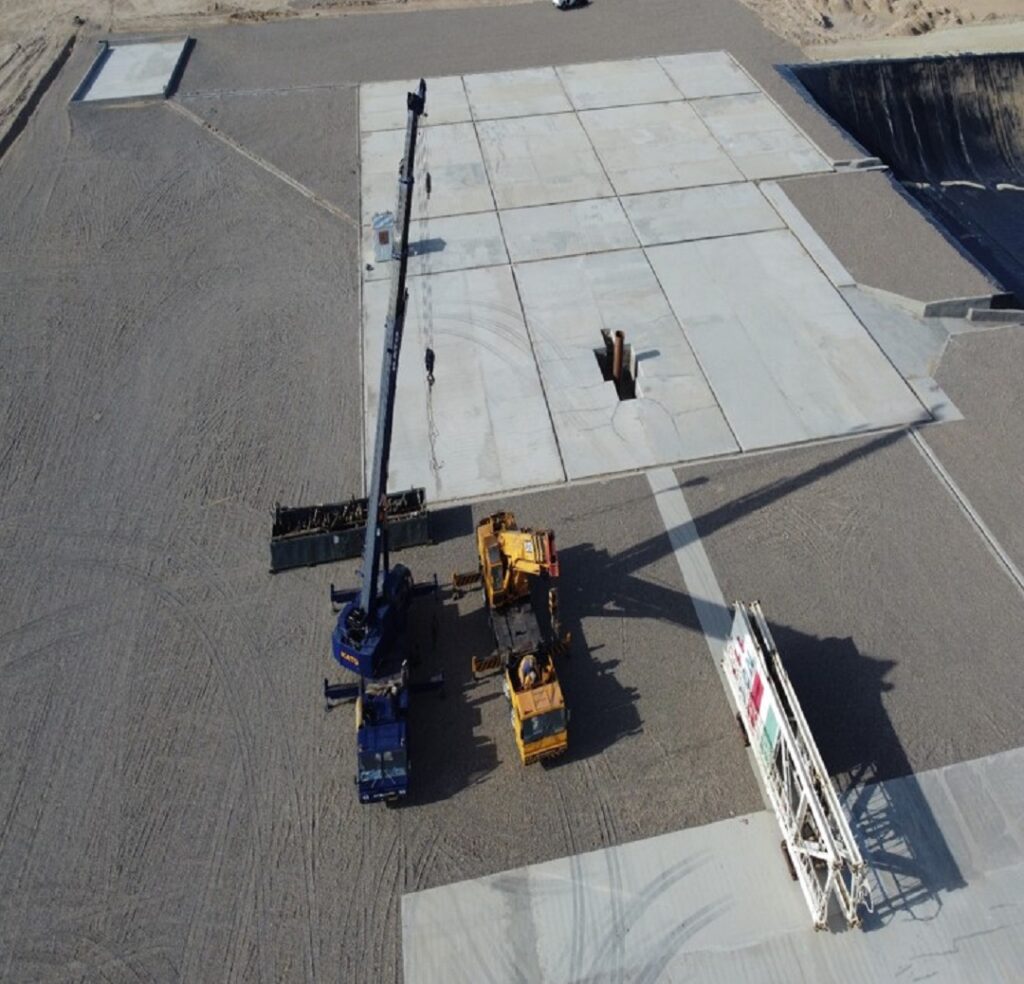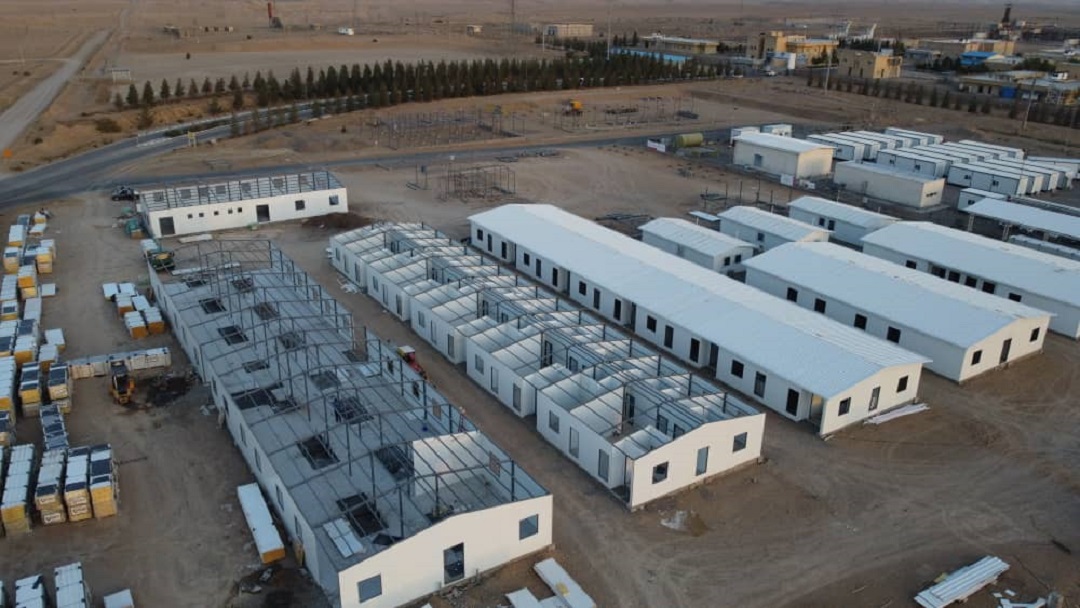Neyr Perse, a subsidiary of MAPNA Group, has started laying flowlines for the gas storage development project in Shurijeh D reservoir, ahead of the approved schedule and after procuring part of the needed equipment from domestic suppliers.
The project, located in the Nazbiran gas field in Sarakhs Region of Khorasan Razavi Province, is implemented by a consortium that is led by Neyr Perse and also includes MAPNA Drilling Company, with the investment of MAPNA Group.
The project’s client is Iran Gas Engineering and Development Company (IGEDC) and aims to inject and extract gas from the Shurijeh D reservoir, which is a natural gas storage facility.
The main components of the project are flowlines, well facilities and gas collection centers, turbocompressors, dehumidification facilities, and gas injection and extraction wells.
According to the company, 10 well positions and their access roads have been completed so far, and another 13 well positions and access roads will be completed soon.
The projects for constructing civil infrastructure as well as the design, supply, and construction of dehumidification and metering facilities have been outsourced and are in progress.
The company has also held a tender for well and manifold facilities with the participation of eight companies.
While the needed compressors for the project were initially planned to be imported from European countries, the project managers opted to use homemade products developed by MAPNA Turbine Engineering & Manufacturing Co. (TUGA). The decision has saved up to 25 million euros while also highlighting Iran as the sole Middle Eastern country in possession of this technology.
The objective of the project is to inject 10 million cubic meters of gas daily during the eight warmer months while extracting 20 million cubic meters of gas daily during the four colder months. This initiative aims to address the gas demand in the northern and northeastern regions of the country during the cold season, ensuring energy security for both industrial and household sectors.


